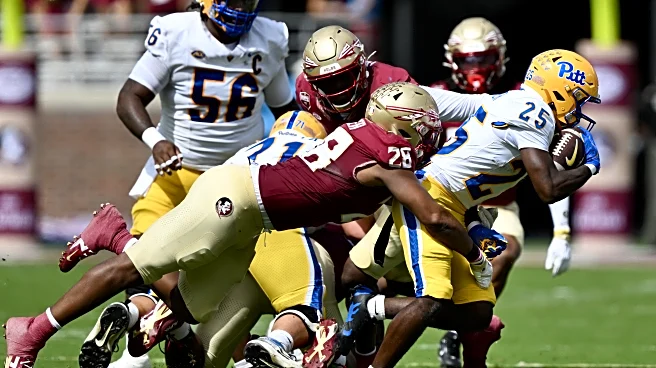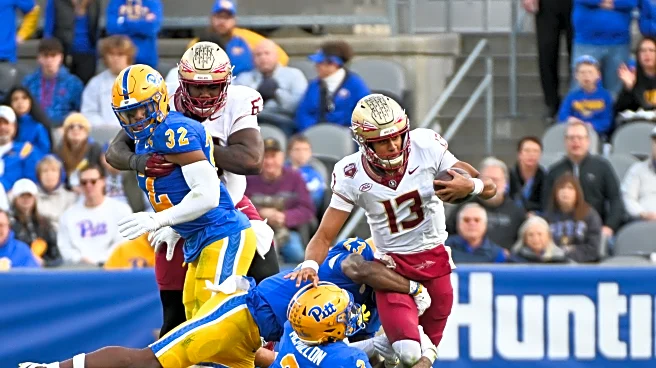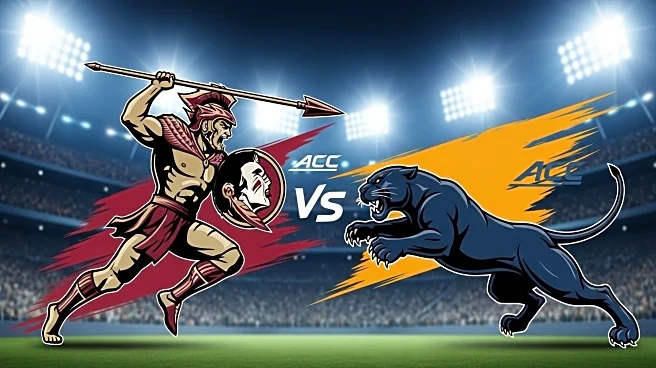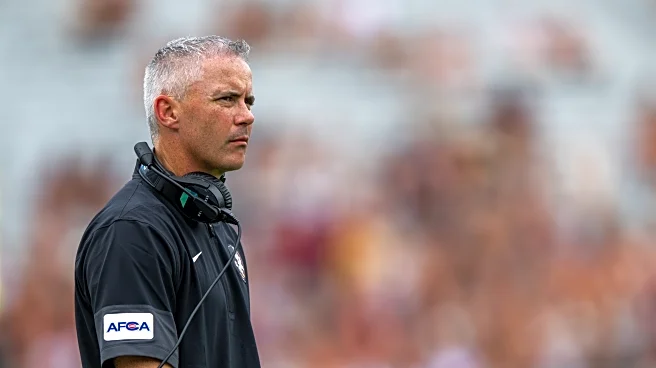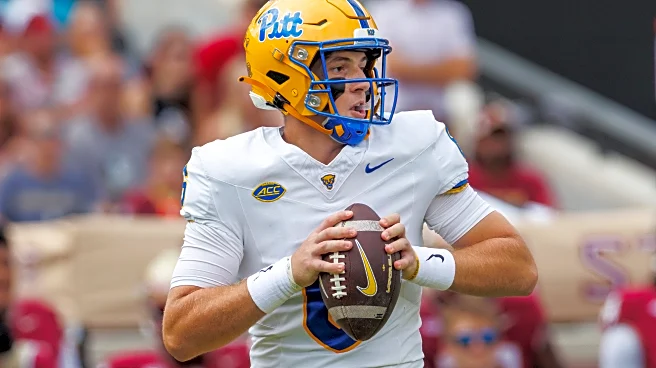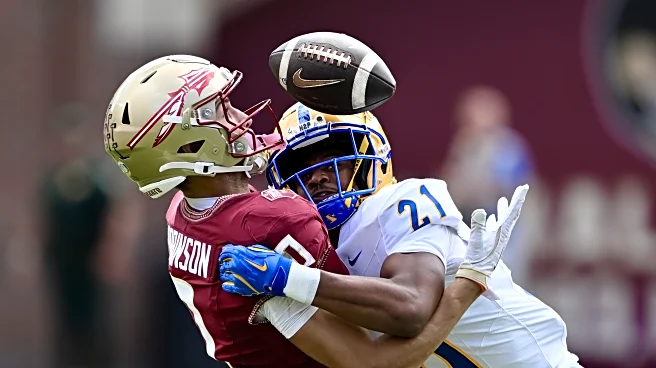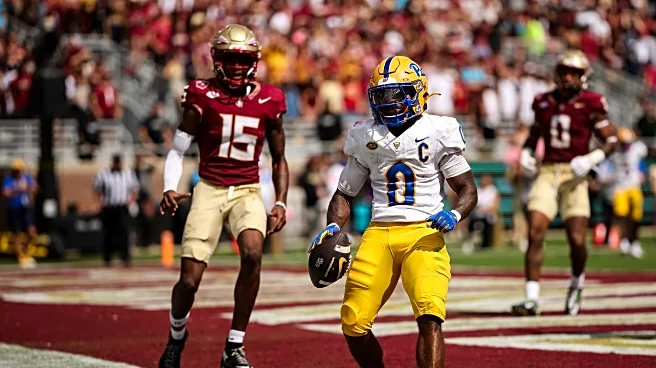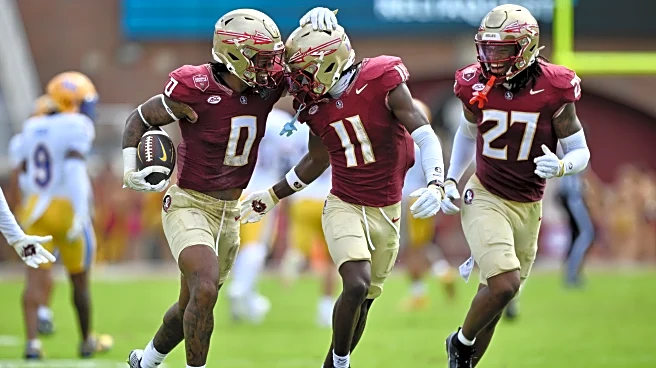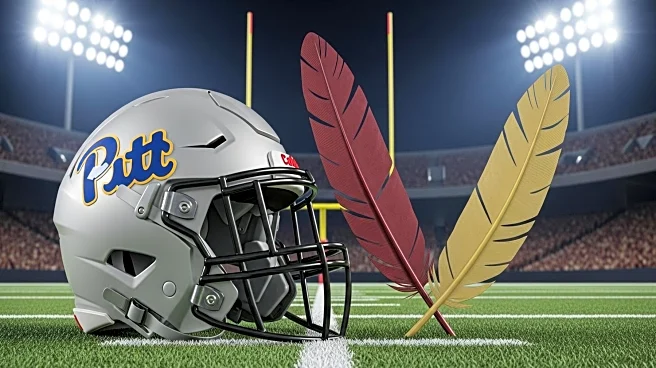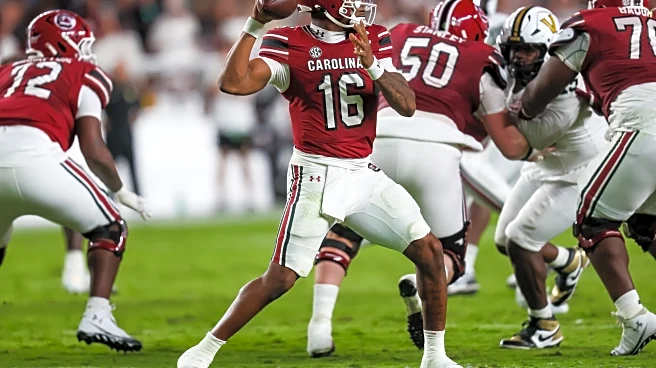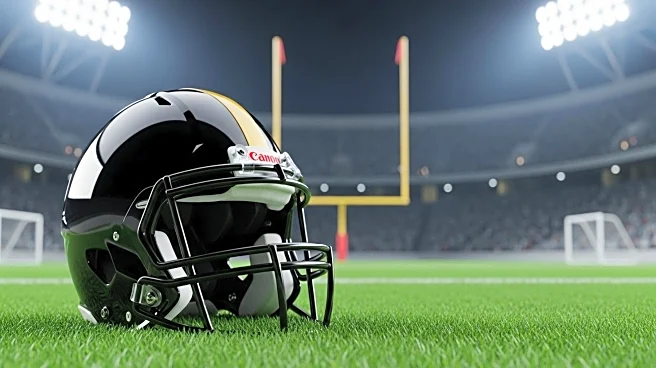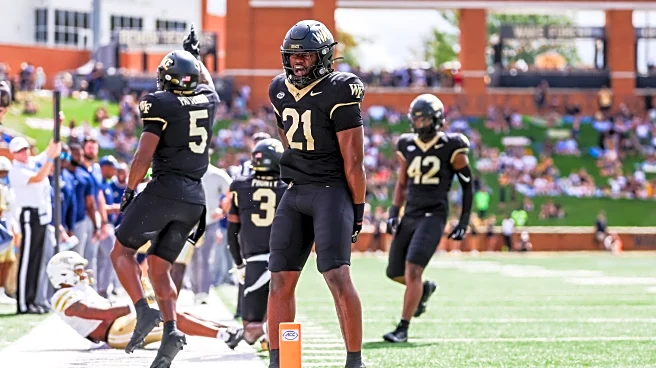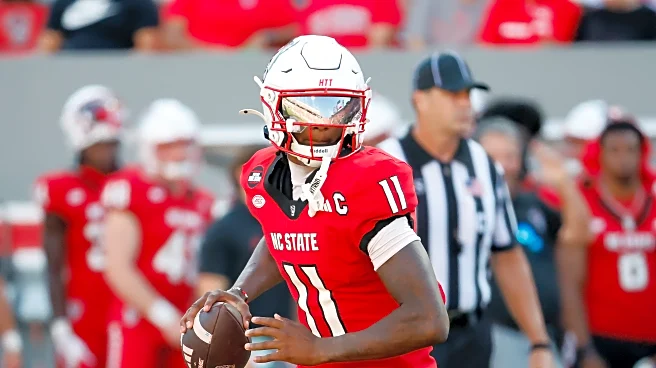Florida State’s offense was pretty far below 100% on Saturday.
With no Squirrel White, no Jayvan Boggs, no Randy Pittman Jr. and no Micah Pettus, the Seminoles entered the game against Pittsburgh without two starting receivers, a starting tight end and their starting right tackle.
Leading receiver Duce Robinson left the game with an injury in the second quarter with just nine receiving yards and did not return.
As such, it seemed like a certainty that the Florida State offense was going to take a step
back in this game.
And yet, the Seminoles still managed to put up 31 points and average 6.6 yards per play against the Panthers. That absolutely should have been enough to win this game with even an average defensive performance.
Not only did the FSU defense fail to give that, it was actively hurting an FSU offense that was managing to put up points and yards despite plenty of key absences.
“Absolutely didn’t play very well on that side of the ball,” FSU coach Mike Norvell said postgame.
True, but also doesn’t quite do justice to how awful a performance it was from the Seminoles’ defense.
Against a fairly easy schedule with no ranked opponents to date, Pitt was averaging 423.0 yards per game (eighth in the ACC and 49th nationally) before putting up 476 yards and 34 points on the Seminoles.
There was no flukiness at play. Five of Pitt’s six scoring drives were 54-plus yards and four of them were over 70 yards.
I’m not going to claim to be an expert in what went wrong, especially without having been able to rewatch the game yet, but the middle of the field was there all game for Pitt.
It felt like every time FSU was on the verge of getting a big stop, quarterback Mason Heintschel was able to find a wide-open receiver in the middle of the field for a conversion or a big gain that set up a future conversion.
I’m sure adjustments were made by the defensive coaching staff to change that. But whatever they were, nothing seemed to work.
“There were some things that were schemed today that were good. We knew the running back, he can be a challenge for the receiver that he is out of the backfield. They did some good things in trying to isolate that. They caught us right in a few coverages,” Norvell said of the middle-of-the-field coverage issues. “In those situations, we did have a couple of times where it was either a tempo or a motion that we weren’t clean enough in our communication and there was just a little bit of hesitation, a step behind or didn’t get the communication echoed whether it was one or two players that were operating together.”
Pitt running back Desmond Reid, returning from a two-game injury absence, was the biggest beneficiary of this to the tune of 155 receiving yards and both of the touchdown passes that Heintschel threw.
Speaking of Heintschel, a true freshman quarterback doing this to FSU makes it even tougher to swallow. An 18-year-old making his first career collegiate road start didn’t seem too bothered in his first two drives, both of which ended with touchdowns.
While FSU finally got some pressure late in the first half, forcing a punt and then two interceptions, that didn’t remotely carry over to the second half.
On five second-half possessions before the sixth where Pitt ran out the clock, Heintschel led the Panthers to 20 second-half points.
A true freshman making his second career start averaged four second-half points per drive on the road in Doak Campbell Stadium. Mind you — and I certainly don’t mean this as an offense to Heintschel, who appears to be quite a player — he wasn’t some surefire five-star recruit. He was a three-star prospect, the No. 43 QB in the 2025 class according to 247Sports.
That he was able to do that at FSU is a massive indictment of Tony White’s defense.
While we knew that side of the ball wasn’t the most talented this season, it was certainly supposed to be better than this. And certainly was back on Aug. 30.
How quickly the regression has happened is a very scary thought that you can’t help but wonder could be foreboding for the rest of the season.
